Affiliate links on Android Authority may earn us a commission. Learn more.
Observations on Chrome OS, Android apps, and Google's ecosystem
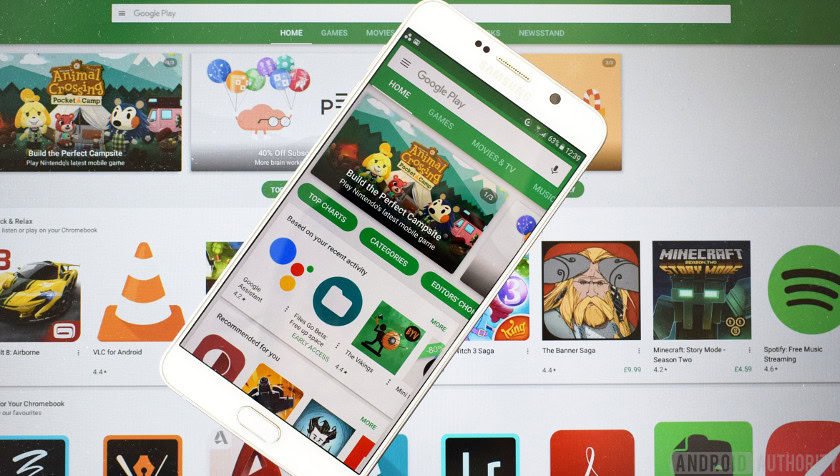
It’s been well over a year since Google officially announced that Android apps were coming to Chromebooks. A number of models have shipped with the new software, but many are still waiting, and may be for a while longer. My own ASUS Chromebook 14 received the update a couple of weeks ago, and I’ve been playing around with the potential since then. There’s no need to rehash the numerous critiques of Android apps on Chrome OS; the imperfections have been accurately pointed out before. Instead, let’s look at what this means for Google’s wider product range and ecosystem, now and in the future.
One of the first questions raised back during Google’s announcement, and actually even before that, was what this shared software would mean for these two (at the time) very different platforms. After all, if they now share the same software why have different operating systems at all? Should Chrome OS and Android merge or is there still a purpose to their separate existence?
Do more things
My experience with Android apps on Chrome OS so far has been transformative but not revolutionary. Certain tasks are undoubtedly easier with apps than by using web-based solutions. Chrome OS extensions are useful, but often not as capable as a fully fledged app. So there’s certainly some things that can be done much more efficiently using Android apps than could previously be done on a Chromebook. Email account aggregation was my first go-to place, swapping out numerous tabs and login pages for the familiar Gmail app I use on my phone.
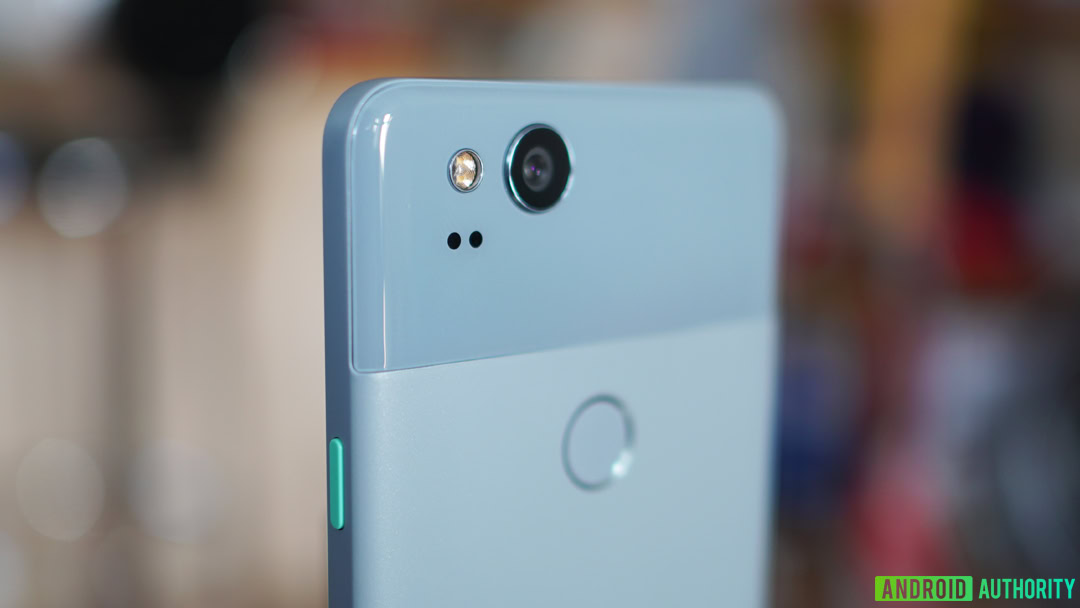
Hangouts can be replaced with the internet-powered messaging app of your choice. Google Drive can be swapped out with your preferred cloud storage and auto-backup platform. Google Photos can be replaced with much more powerful photo editing tools like Photoshop Express or Lightroom CC. The integration of apps with notifications also means that Chrome OS can take on a more social angle, hooking into your favourite platforms and allowing you to respond without reaching for your phone.
Android apps on Chrome OS are transformative but not revolutionary
More serious gaming, being able to organize a notable music library, and play previously unsupported video file types are also new luxuries for Chromebook owners, shifting the devices from being solely productivity-focused to entertainment platforms too. All of these benefits move Chrome OS much closer to the capabilities of Android, but do they blur the lines between the two platforms?
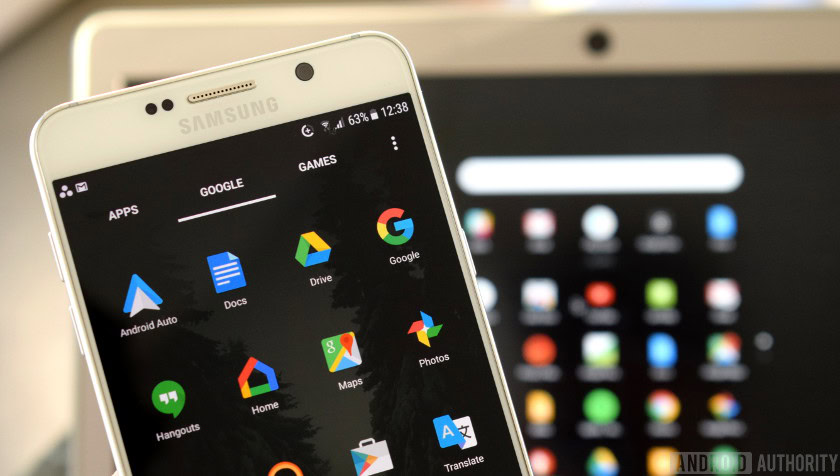
Not necessarily better
While Android apps have opened up a lot of new possibilities for Chromebook users, it’s not a perfect implementation. You can’t do everything on a Chromebook that your phone can. Even Google Assistant, arguably the new core of the company’s mobile experience, is absent (unless you have a Pixelbook). However, Chrome OS still does some things better, particularly when it comes to the task for which they’re primarily designed: productivity.
While Android apps have opened up a lot of new possibilities for Chromebook users, it's not a perfect implementation
You can now download app and web applications for Google Docs or Microsoft Word, both of which I use. However, due to the phone and tablet oriented design of the Android applications, personally I find it easier and more productive to use the web versions. The key functions are laid out in a keyboard and mouse friendly way. More advanced features are located in typical and better organized menus. The applications just run more smoothly too.
There also feels like a minor performance penalty when running Android apps on my Intel-based Chromebook, while webpages run as smoothly as on any other platform. Web browsing with multiple tabs, quick access to forwards, back, and bookmarks, and the huge array of plug-ins with Chrome OS are generally more useful in a laptop form factor. No-one would choose to download Chrome from the Play Store to run on a Chromebook.
Even with access to the same apps, Chrome OS remains better at some things than its Android equivalents. No-one would choose to download Chrome from the Play Store to run on a Chromebook.
Chromebooks are still very different from Android devices. Some of these differences aren’t great, but they’re a part of what makes Chromebooks as user-friendly and, more importantly, cost effective as they are. It would certainly be a shame if these things changed simply to bring the two platforms more in-line.
The touchscreen issue is one that some more recent Chromebooks have addressed, but they largely still lack modem connectivity options and a number of sensors. This is why location or motion acceleration based applications don’t work, but they’re not really suitable for a laptop form factor anyway.
One of the other biggest differences is storage space. Low cost Chromebooks, by far the biggest market, come with just 16 or 32 GB of internal storage and often without microSD card slots for expanding that. 32 GB is considered a minimum even for mid-range smartphones these days, 64, 128, and even 256 GB flash, plus a microSD card slot, is pretty standard. This impacts the ability of Chromebooks to function in the same way that most people use their phones— as large media libraries, gaming devices, or home to 101 different apps. This isn’t strictly a problem, though.
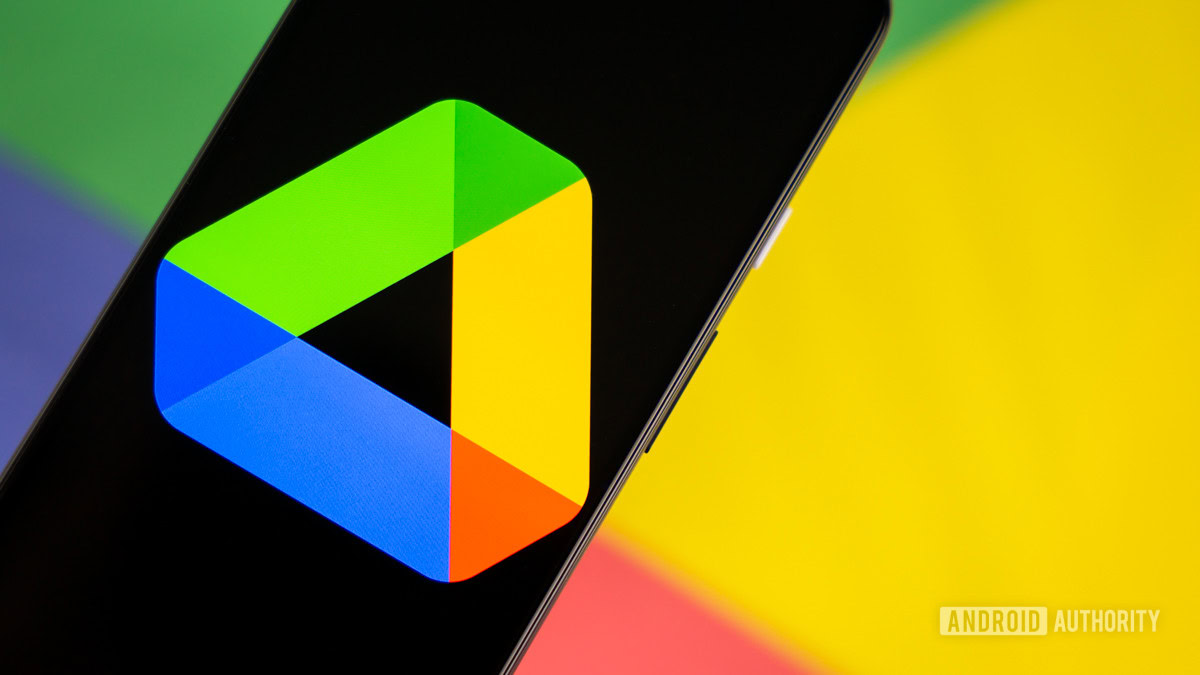
My Chromebook’s limited memory remains mostly empty, with most of the storage taken up more recently by Android apps, but this hasn’t actually increased the number of documents or files I’m saving on the device either. In other words, Chromebooks are still useful for cloud and web-based storage in ways that smartphones aren’t.

Two distinct form factors
Over the past few weeks, how I use my Chromebook has remained very distinct from my smartphone. Even with all the extra software, my Chromebook still fits into a more niche, work-related role, and when I need a laptop with long battery life. My smartphone is more of a jack-of-all-trades, juggling email and entertainment with equal ability. Other users’ mileage may vary, of course, but fundamentally the difference between the Android and Chrome OS form factors lead to different uses, even when there’s access to the same apps.
The difference between the Android and Chrome OS form factors naturally leads to different uses, even when there's access to the same apps
This still doesn’t answer the question of whether the two operating systems should merge, though. Even if the devices are used differently, it doesn’t mean they can’t share an OS. However, there are some other key differences that I believe make this undesirable.
Chrome OS offers better security, fast-booting, and carriers don’t meddle with its upgrades, so Android could prove to be a relative downgrade. Working the other way, Chrome OS’ desktop environment is not practical for small touch screens and would require a complete UI redesign to function on phones, although tablets might be a simpler matter.
As we also mentioned, apps on Chrome OS are layered on top and aren’t tightly integrated into the OS in the same way that they can be with Android smartphones. Instead, Google would probably need to rework both to create a hybrid suitable for these two different form factors.
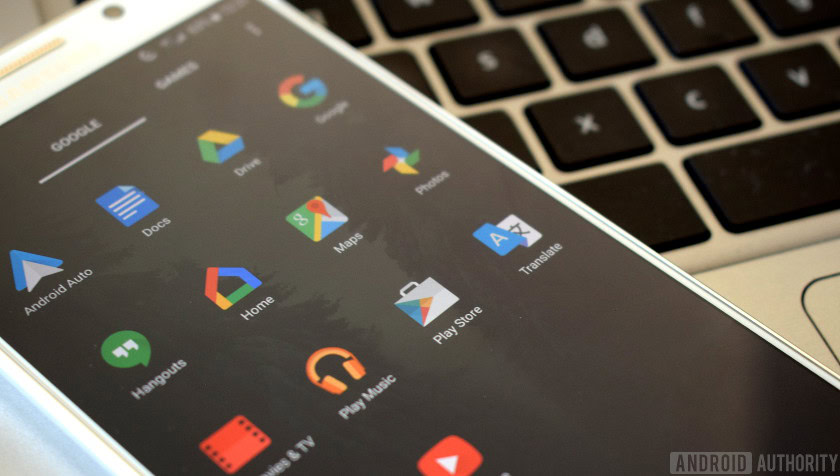
Conflict and harmony with Google’s ecosystem
As Android apps don’t fundamentally shift the appeal of Chromebooks, it’s easy to wonder why Google would open up its closed platform to competition from third parties; it looks like giving up control and potential monetization to its rivals. After all, Google hasn’t exactly had much success taking on its rivals in the mobile messaging space. Furthermore, Google has opened up its more curated out-of-the-box experience to the wild-west nature of the Android app ecosystem. That’s certainly a risk.
Marrying Android apps into Chrome OS has expanded what's possible on Chromebooks, but the use cases aren't aligned enough for a full merger.
To some extent, Google was always competing with third parties in the Chromebook space. Cloud storage alternatives have long competed with Drive. Even Microsoft quickly shifted to online document editing to capitalize on the demand for online storage. None of these services have ever been locked out of the Chromebook experience. You’ll still also find Google’s own services marketed front and center when booting up your Chromebook. Navigating to the Play Store and installing alternatives still requires a few clicks. You still have to create a Google account to even use a Chromebook, so in that sense the consumer base is still there. Instead Chromebooks can now boast all of the above as new benefits of their ecosystem’s capabilities.
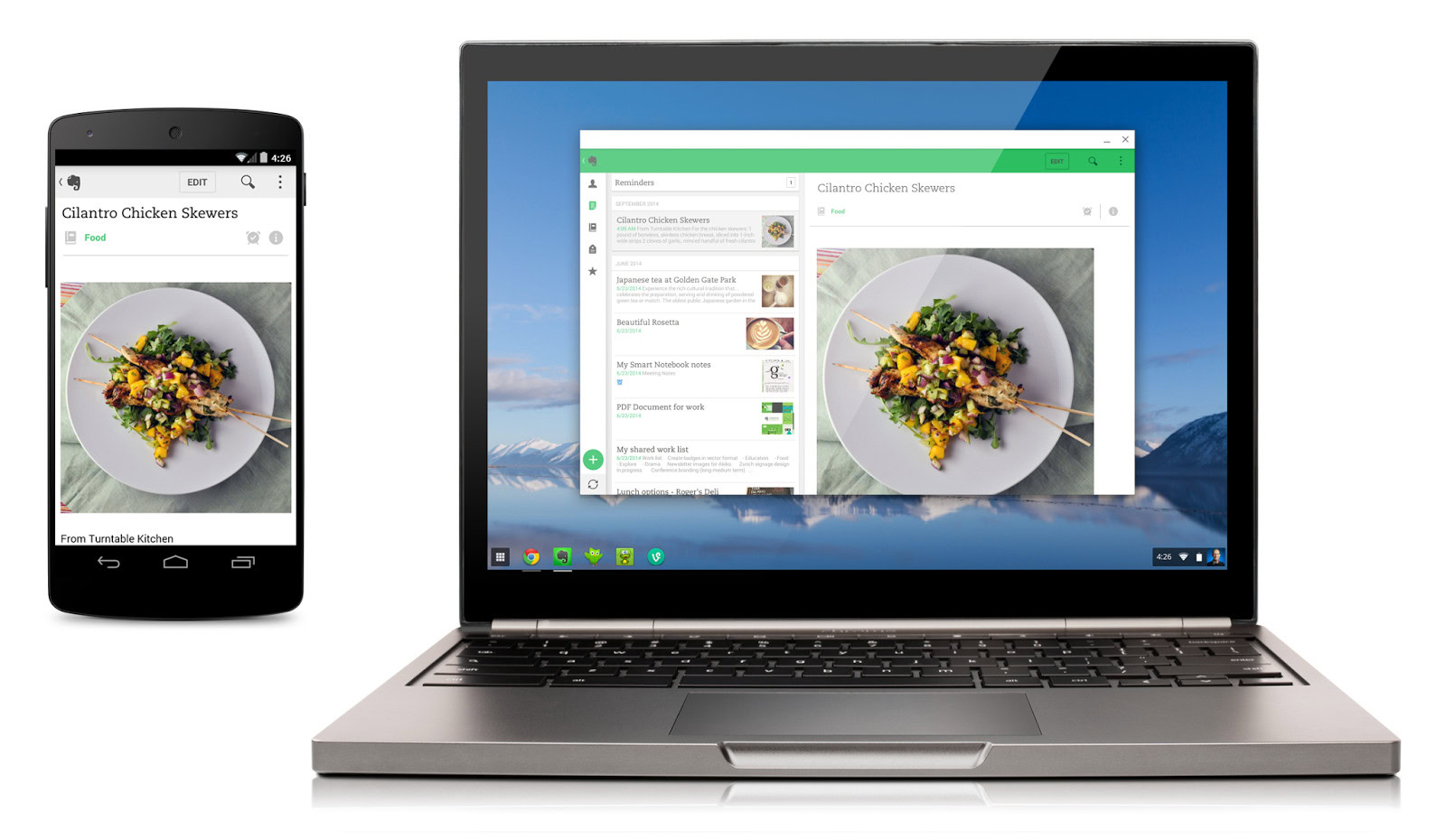
Curating Linux based applications for Chrome OS clearly wasn’t really viable either. The platform would be so far behind Macs and Windows in terms of software support that it would be almost impossible to catch up. Marrying Android apps into Chrome was the best solution, as it instantly granted access to millions of new apps and capabilities.
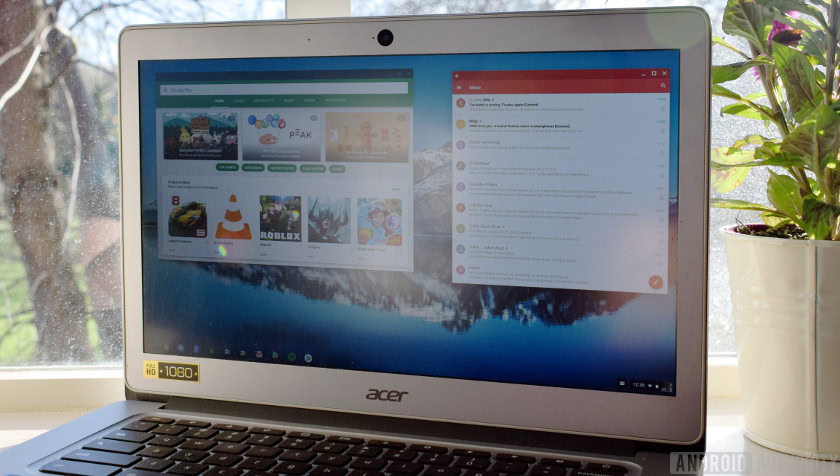
This seems like the most likely reason for Google’s decision, especially now after having used some of my usual Android apps on my Chromebook this past month. Chromebooks and Android won’t and shouldn’t merge, because they still fundamentally cater to different markets and uses. However, bringing some of the huge range of well-established Android software to Chromebooks expands the appeal of these cost effective laptops. That’s a big lure for general consumers, as well as the education market, which is a major industry for Chromebooks. Not only are these devices functional for editing documents in the cloud, but light photo editing, social networking, and entertainment consumption are now part of the experience too.
Bringing well-established Android software to Chromebooks expands the appeal of these cost effective laptops
Chromebooks started out as low cost products fit for just a few purposes, but consumers have come to want more from all of their electronics. Chrome OS had to evolve to keep up and Google’s ecosystem is stronger for its blending with Android apps, but a merger would neglect the original appeal of Chromebooks. Going forward, hopefully Google’s software can continue to borrow ideas from the extended ecosystem for even better products.